The continued shortage of new vehicles and demand for used ones has left car dealerships with a dilemma.
Dealers need to keep selling used vehicles at a profitable margin, but they also don’t want to risk not being able to replace them.
That means they have to always keep an eye out for suitable stock, while continuing to provide affordable, quality cars to consumers.
Philip Nothard, insight and strategy director at Cox Automotive, says motor retailers must avoid making a quick sale at a low margin just to get the vehicle off their forecourt.
Rather, he added they need to hold their nerve during these tough times, in the expectation the UK Government would boost consumer confidence by providing more certainty about an economic recovery going into next year.
 “Dealers shouldn’t be seeking to sell a vehicle simply because they want to move it on,” says Nothard. “That’s because it’s not easy to replace product right now. So they need to be sure that they’re selling the vehicle for all the right reasons: at the right price and margin, and at the right time, factoring in part-exchange, if that’s relevant.”
“Dealers shouldn’t be seeking to sell a vehicle simply because they want to move it on,” says Nothard. “That’s because it’s not easy to replace product right now. So they need to be sure that they’re selling the vehicle for all the right reasons: at the right price and margin, and at the right time, factoring in part-exchange, if that’s relevant.”
That is evidenced by the fact dealers have a more limited choice of available quality stock.
And, even when they find the vehicle they want, they often have to pay a premium for it.
“Many retailers I’m speaking with are finding it increasingly difficult to source good quality stock from the traditional channels, citing cherry-picking as being a real concern currently,” says Neil Smith, chief executive of consultancy Motorvait and former sales and marketing head of Imperial Cars.
“The perception is that trade auction platforms which also have an affiliation with a direct-to-consumer channel are holding back the prime stock from that channel, meaning the stock being made available for the trade is naturally of a lower grade. With stock still in short supply, retailers are being forced to take that lower quality stock at ever higher prices as competition increases.”
COST-CONSCIOUS
As a result, with consumers having less choice of specification and colour, more in-demand models are typically fetching higher prices than others.
Dealers are also having to decide what type of car their budget allows them to stock and is likely to sell well, while trying to differentiate themselves from competitors in their offering.
Because of current shortages, particularly in one-to-three-year-old vehicles, retailers are increasingly having to look to new channels to find the vehicles they want.
Among the most popular channels currently is part-exchange, direct from consumers and auctions, a recent Cox Automotive survey has found.
 “Right now retailers need to be sourcing across a plethora of channels,” says Smith.
“Right now retailers need to be sourcing across a plethora of channels,” says Smith.
“Whereas in the past they could have maintained relatively good levels of stock by engaging with just one or two supply channels, this is no longer the case.
“New entrants into the market such as Motorway and carwow are providing retailers with credible alternatives for sourcing good quality, well described stock.
“Some retailers are now sourcing in excess of 25% of their stock from these new entrants, but they are also ramping up their own car buying services as well as engaging with traditional trade auction platforms across the UK.”
The best and most competitively priced stock is ultimately that which is self-generated by the dealer, such as through part-exchange or their own car buying service.
Half of them are increasing the volume of part-exchanges they retain for retailing that would normally have gone to the wholesale market, according to the Cox study.
That enables them to properly assess the car prior to purchase, without the need for a condition report by a third party.
 “Obviously dealers still buy in the wholesale market, but less so given that the retailable part-exchange ratio has increased dramatically over the past three-to-four years,” says Graeme Potts, chief executive of AM100 dealer Eden Motor Group.
“Obviously dealers still buy in the wholesale market, but less so given that the retailable part-exchange ratio has increased dramatically over the past three-to-four years,” says Graeme Potts, chief executive of AM100 dealer Eden Motor Group.
He adds: “The factors behind that are the structural nature of PCP (personal contract purchase), which is almost ubiquitous in new cars and very high now in used cars, and that mileage at part-exchange is lower than before, largely because of the impact of the COVID lockdown and energy costs.”
DIVERSIFYING STOCK
To meet changing consumer behaviour and demand, many retailers have also changed their stock profile, but without losing sight of their core customer base. That often means trying to source alternative brands, models and fuel types.
“It’s taking longer to stock the correct mix of car these days,” says Jonathan Gravell, managing director of Gravells Group, which operates dealerships with Kia, Seat, Renault and Dacia in south Wales.
“Dealerships’ existing customers are the best stock opportunity, so it’s important to focus on customer relationship management as a way to retain as many of those cars as possible.”
To source new stock, many dealers have been marketing ‘we’ll buy cars’ services.
However, to be effective, they need to make it attractive to consumers, by providing services such as an online valuation, and investing a large amount of their time and resources.
Before committing to buying a vehicle, retailers must also consider its specification-adjusted retail value and assess the cosmetic refurbishment costs based on the available damage reporting, carrying out vehicle health checks on part-exchanges.
Then they need to adjust their target purchase price accordingly, factoring in those costs.
It’s critical to ensure that preparation costs remain manageable, particularly with rising labour and parts costs, so that they appeal to all consumers, especially given the current cost of living crisis.
Therefore, dealers need to publish the full value of the vehicle in their advertising, focusing on the factory-fit options, and the high quality and standard of preparation, with many investing in their own vehicle servicing centres to achieve economies of scale and keep costs down.
Smith concludes: “Consumers have always been cost-conscious: while the current cost of living crisis may be impacting on demand, anyone buying a car today or three years ago will want or have wanted to get the best deal they can. Retailers need to be pricing competitively to market today just as they were pre-pandemic.”
Author: Alex Wright

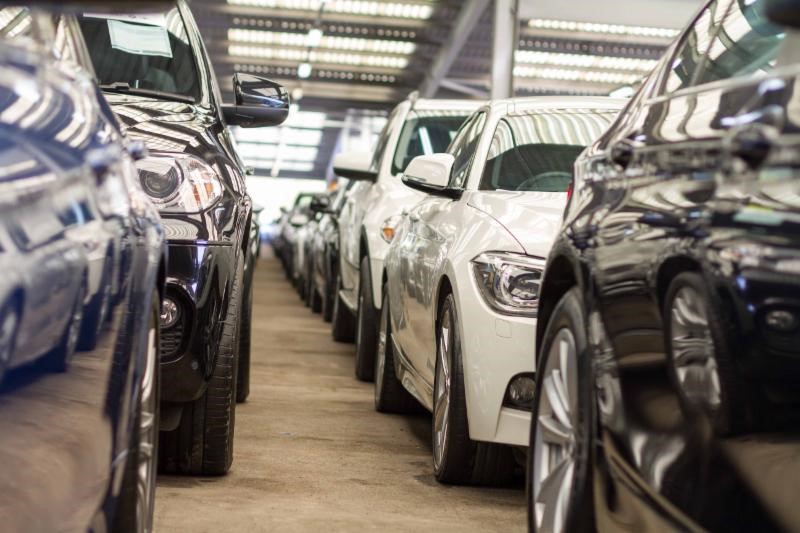

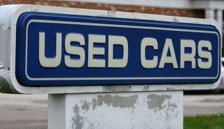

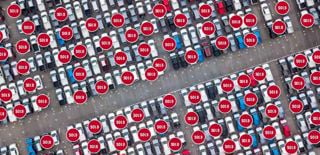
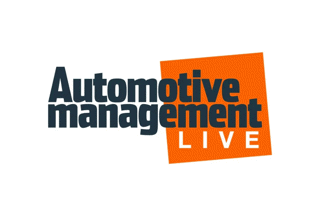
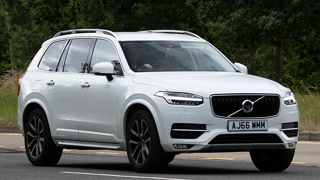











Login to comment
Comments
No comments have been made yet.